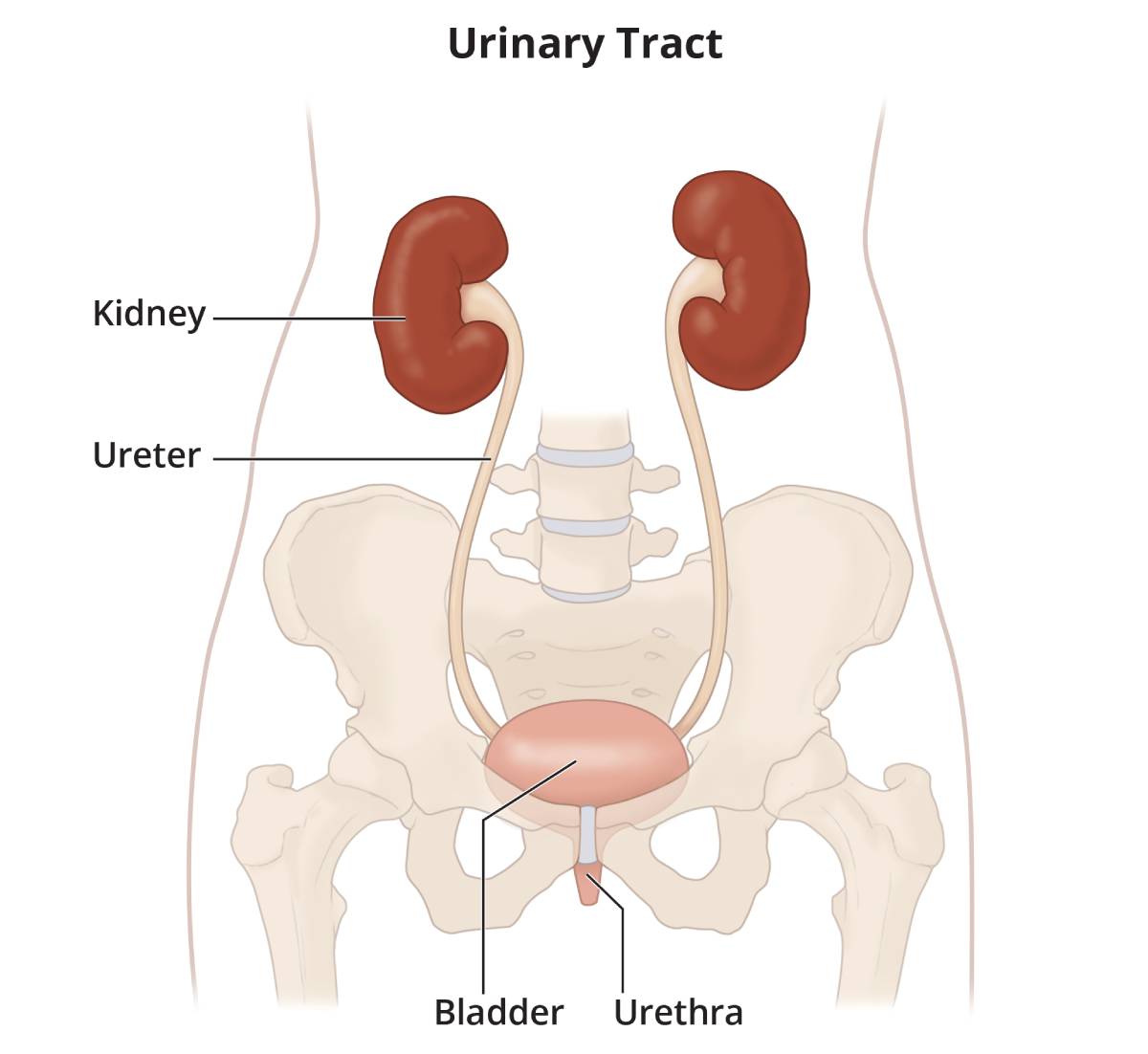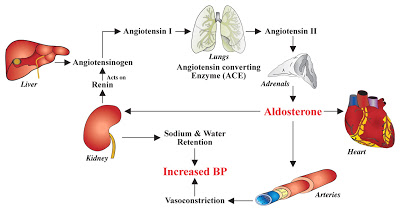Functions of kidney 4: blood pressure control
Have you ever wondered what the kidneys do and why they’re so important? Or how the kidneys are involved in blood pressure control?
This article will cover what the kidneys are and one of the main functions of the kidney – blood pressure control.
What are the kidneys?
The kidneys are organs shaped like kidney beans, located in your back. They are found on either side of your backbone. Most people have two kidneys; however some people may only have one. It is possible to live a normal and healthy life with just one kidney. Click here to read more about the effects of having one kidney.
The kidneys are very important organs that, as mentioned previously, have various roles, including blood pressure control. The kidneys form part of the urinary tract. Urine is made in the kidneys and flows from the kidneys to the bladder (via the ureters) where it is stored.

Blood pressure control
This part of the article will cover the role the kidneys have in blood pressure control. We will be covering the following questions:
- What is blood pressure?
- What is a normal blood pressure?
- How are the kidneys involved in blood pressure control?
- How does renin work?
Click here to learn more about the functions of the kidneys.
1. What is blood pressure?
Blood pressure is the pressure of blood pushing against the walls of the arteries as the heart pumps blood around the body. Arteries carry blood from the heart to other parts of the body.
Blood pressure is measured in millimetres of mercury (mmHg) and after your blood pressure is recorded you get two numbers, a top and a bottom number.
- The top number represents what is called systolic pressure – this is the pressure in the arteries when the heart beats
- The bottom number represents what is called diastolic pressure – this is the pressure in the arteries when the heart rests between beats.

2. What is normal blood pressure?
This is a trick question. There is no such thing as ‘normal’ blood pressure. There is a normal range (like height or weight). And it goes up and down all day long. But .. generally:
- Normal blood pressure is between 90/60 mmHg and 140/90 mmHg – with an average of 130/80 (this is ‘ideal’ for most people)
- High blood pressure is 140/90 mmHg or higher
- Low blood pressure is below 90/60 mmHg
High blood pressure is called hypertension and this can sometimes be seen in patients with kidney problems.

3. How are the kidneys involved in blood pressure control?
Healthy kidneys are very important in regulating blood pressure. They control the amount of fluid present in the circulation which can have an effect on blood pressure. If there is too much (excess) fluid in the body then this can cause high blood pressure. This can occur in cases of Chronic Kidney Disease (CKD), as the kidneys are not working efficiently to remove excess fluid like healthy kidneys would.
The kidneys are also involved in the release of chemical messengers called hormones, such as renin, which control the narrowing/tightening of blood vessels. Renin helps to maintain a normal blood pressure and is produced by the kidneys if blood pressure falls.
The action of narrowing blood vessels helps to raise blood pressure again. The high blood pressure that is commonly found in patients with CKD has also been linked to renin and it has been suggested that in some patients with CKD too much renin is produced. However the exact role of renin in CKD induced hypertension is unclear.
4. How does renin work?
This part of the article will focus specifically on the action of renin in a little bit more detail.
As mentioned previously, renin is a hormone that is made by specialised cells found within the kidneys and is very important in controlling blood pressure. However, renin does not work alone and forms part of what is known as the renin-angiotensin-aldosterone system, also known as RAAS.
Together renin, angiotensin and aldosterone work to control the levels of sodium and potassium in the body. It is this balance that ensures blood pressure is maintained within the ideal range. The kidneys and the adrenal glands just above them are intrinsic parts of the RAAS.

The adrenal glands sit just above the kidneys
Let’s go through the role of each part of the system:
- Renin is involved in the production of a hormone called aldosterone, which is made in the adrenal glands. It is also involved in the activation (strengthening) of angiotensin
- Angiotensin is a hormone that narrows your blood vessels. As previously mentioned, this is an effective way of increasing blood pressure if it is too low
- Aldosterone increases the amount of fluid in the body by causing the kidneys to retain water and salt, thus raising blood pressure.

This is the RAAS system. Each part plays a very important role n blood pressure control.
Summary
We have described functions of kidney: blood pressure control. We hope it has been useful.
Other resources
Functions of kidneys 1: waste removal
Functions of kidney 2: fluid balance (also affects blood pressure)
Functions of kidney 3: acid-base balance
Functions of kidneys 5: anaemia, blood cells and EPO (makes erythropoietin)
Functions of kidneys 6: vitamin D activation (activates cholecalciferol)
Functions of kidney 7: making prostaglandins.
To learn more about the effects of high blood pressure on the kidneys watch the following video or click here to read more.
Last Reviewed on 10 March 2024
